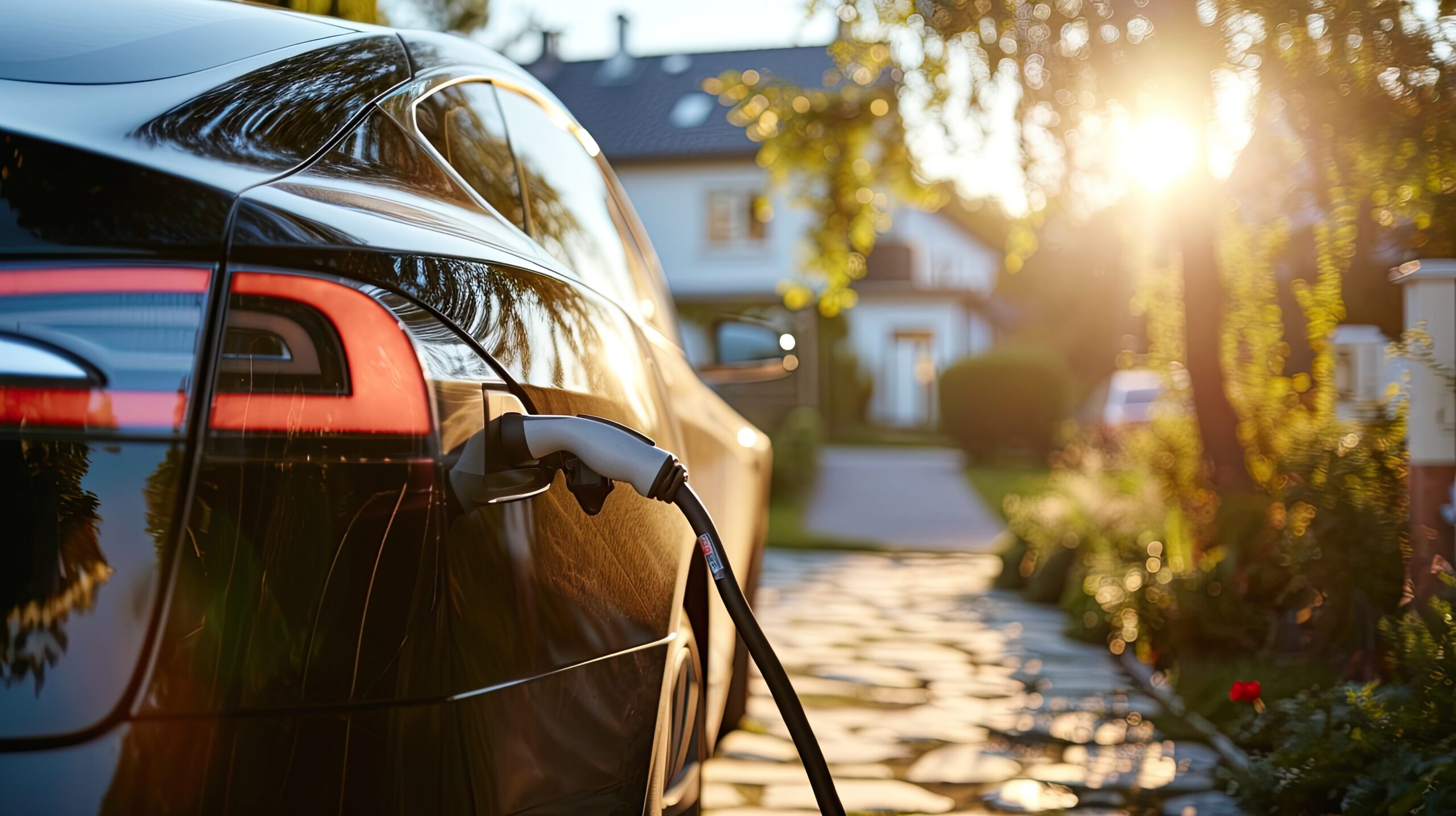3 big reasons Americans haven’t rapidly adopted EVs

3 big reasons Americans haven’t rapidly adopted EVs
The automotive industry is at the brink of a revolutionary shift, with electric vehicles (EVs) emerging as the frontrunners in the race towards sustainable transportation. Despite the numerous benefits associated with EVs, a significant portion of the public remains hesitant to make the switch from traditional internal combustion engine vehicles. In this article, we delve into the three key reasons that contribute to the public’s reluctance to embrace electric vehicles and explore potential solutions to overcome these hurdles.
-
Range Anxiety: The Fear of Running Out of Juice
One of the primary concerns plaguing potential EV buyers is range anxiety – the fear of not having enough battery charge to reach their destination. Unlike conventional vehicles that can refuel at gas stations within minutes, EVs rely on charging infrastructure, which is still in the process of widespread development. The limited range of some electric vehicles exacerbates this anxiety, making consumers wary of adopting this technology.
a. Limited Infrastructure: One of the major contributors to range anxiety is the sparse and uneven distribution of charging infrastructure. Urban areas may have a relatively dense network of charging stations, but rural and suburban areas often lack accessibility. This geographical disparity creates a hesitancy among potential EV buyers who fear getting stranded without a charging option.
Solutions:
- Government Incentives: Governments can play a pivotal role in encouraging the expansion of charging infrastructure by providing incentives to businesses and communities that invest in charging stations.
- Private Sector Collaboration: Collaboration between governments and private businesses can accelerate the development of a comprehensive charging network, ensuring coverage in both urban and rural areas.
- Public Awareness: Increased public awareness campaigns can inform consumers about the growing charging infrastructure, alleviating concerns about accessibility.
2. Charging Speed and Convenience:
Another aspect contributing to range anxiety is the time required to charge an electric vehicle. While advancements in fast-charging technology have significantly reduced charging times, many consumers still perceive charging as a time-consuming inconvenience compared to the quick refueling of traditional vehicles.
Solutions:
- Fast-Charging Stations: Continued research and investment in fast-charging technologies can reduce charging times, making EVs more appealing to consumers.
- Battery Technology Advancements: Improvements in battery technology, such as higher energy density and faster charging capabilities, can address concerns related to charging speed.
- Upfront Cost and Limited Model Options
Despite the long-term cost savings associated with electric vehicles, the initial purchase price remains a significant barrier for many consumers. EVs often have a higher upfront cost compared to traditional vehicles, and limited model options in certain market segments further restrict consumer choice.
a. Higher Initial Cost: The sticker shock of electric vehicles, attributed to the cost of advanced battery technology, is a prominent deterrent for potential buyers. Even with long-term savings on fuel and maintenance, the higher upfront cost can be prohibitive for budget-conscious consumers.
Solutions:
- Government Incentives and Subsidies: Governments can incentivize the purchase of electric vehicles through tax credits, rebates, and subsidies, making them more financially appealing to consumers.
- Manufacturer Competition: Increased competition among automakers in the electric vehicle market can drive innovation and cost reductions, ultimately benefiting consumers.
b. Limited Model Options: The limited availability of electric vehicle models, especially in certain segments such as trucks and SUVs, hinders consumer choice. Many consumers find it challenging to find an electric vehicle that meets their specific needs and preferences.
Solutions:
- Diversification of Models: Automakers can address this issue by expanding their electric vehicle lineup to include a variety of models across different market segments.
- Collaboration and Partnerships: Collaborative efforts between traditional automakers and new entrants in the electric vehicle space can lead to the development of diverse electric vehicle options.
-
Perceived Inconvenience of Charging at Home
While home charging is often touted as a convenient option for EV owners, some potential buyers perceive it as an inconvenience. Concerns about the installation process, the cost of home charging infrastructure, and the impact on home electricity bills contribute to the hesitancy to make the switch to electric vehicles.
a. Installation Challenges: The process of installing a home charging station can be perceived as a cumbersome task, especially for individuals who do not own their homes or live in apartments. Limited awareness about the ease of installation and the availability of professional installation services adds to the perceived inconvenience.
Solutions:
- Simplified Installation Processes: Automakers and charging station manufacturers can collaborate to design user-friendly home charging solutions that are easy to install without requiring extensive technical expertise.
- Rental Property Collaboration: Collaboration between property owners and EV infrastructure providers can facilitate the installation of charging stations in rental properties, addressing the concerns of non-homeowners.
b. Cost Concerns and Electricity Bills: Another factor contributing to the perceived inconvenience of home charging is the misconception that it significantly increases electricity bills. Potential EV buyers may be deterred by the fear of incurring additional costs associated with charging their vehicles at home.
Solutions:
- Time-of-Use Electricity Rates: Governments and utility companies can introduce time-of-use electricity rates that incentivize charging during off-peak hours, reducing the overall cost of home charging.
- Public Awareness Campaigns: Educational campaigns can inform consumers about the actual impact of home charging on electricity bills, dispelling myths and addressing concerns related to costs.
In the end, these obstacles need to be reduced or eliminated before we make strides.
Overcoming the hurdles hindering the widespread adoption of electric vehicles requires a multifaceted approach that involves collaboration between governments, private businesses, and consumers. Addressing range anxiety through the expansion of charging infrastructure, reducing upfront costs through incentives and competition, and dispelling misconceptions about home charging are crucial steps towards creating a more EV-friendly landscape. As technology continues to advance and awareness grows, the public’s hesitancy towards electric vehicles may gradually transform into enthusiastic acceptance, paving the way for a sustainable and electrified future of transportation.
